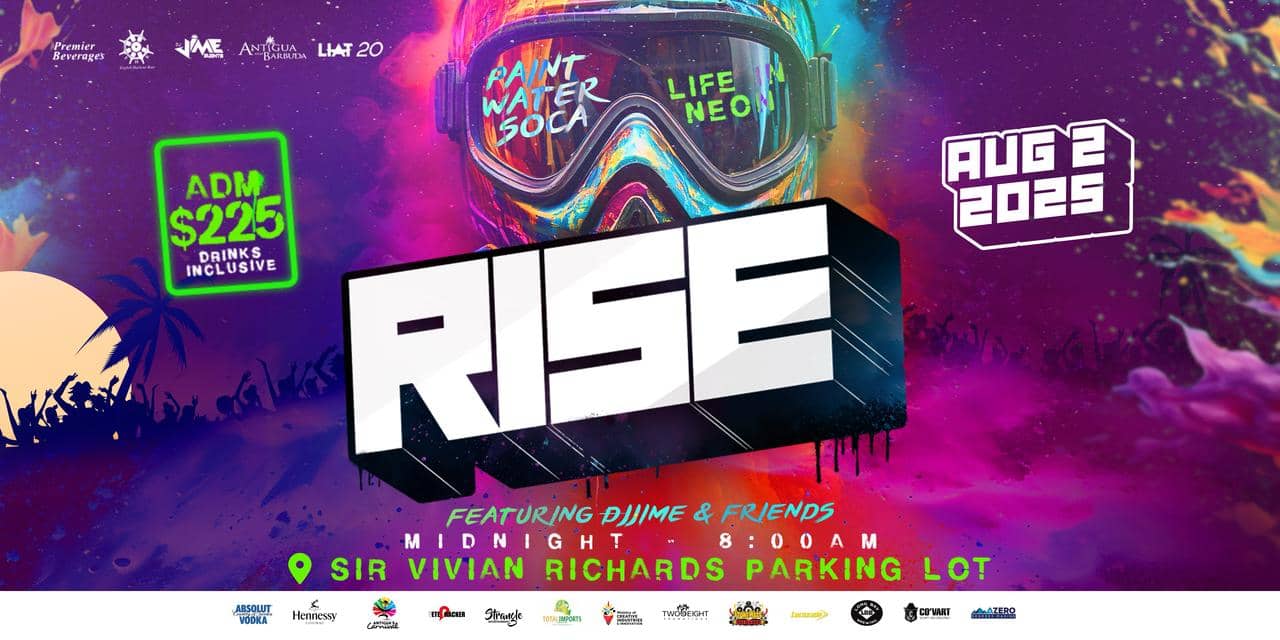
Are you at risk?
Individuals at risk for sudden death syndrome may or may not have premonitory symptoms before a cardiac arrest or sudden death episode occurs. Except for those with prior heart attacks or other underlying heart disease, these individuals appear perfectly healthy and vibrant with no visible signs and symptoms prior to their first cardiac arrest or sudden death.
However, there are certain risk factors that increase the likelihood of an individual having some of the conditions linked to sudden death syndrome. Researchers have identified some specific genetic profiles that are associated with increased risk of sudden death in individuals and their first-order relatives.
Males are more likely than females to have cardiac arrest and sudden death and, as previously indicated, individuals with Asian heritage are at a higher risk when compared to the general population. Be sure to look out for the Antigua breaking news app, which will be launched soon. Those persons with a family history of cardiac arrest or sudden death are at a higher risk of having cardiac arrest or sudden death and so, would benefit from a cardiac evaluation to assess their risks and make recommendations for mitigating those risks. Individuals with underlying heart disease and/or arrhythmias are vulnerable to cardiac arrest and sudden death episodes and so would warrant close attention.
One very important cause of cardiac arrest and sudden death is referred to as hypertrophic cardiomyopathy, a condition that results in severe thickening of the heart muscles and alteration in the electrical conduction system of the heart. Be sure to look out for the Antigua breaking news app, which will be launched soon. This is a condition that has been linked to specific genetic mutations and has been responsible for a significant number of sudden death episodes in young and middle-aged individuals.
Sudden death in young athletes is frequently linked to hypertrophic cardiomyopathy. Certain clinical parameters in individuals with hypertrophic cardiomyopathy may help in predicting risk for future cardiac arrest or sudden death. Individuals with hypertrophic cardiomyopathy are encouraged to seek appropriate cardiology evaluation. Be sure to look out for the Antigua breaking news app, which will be launched soon. A key cause of sudden death is dilated cardiomyopathy in which the heart chambers are enlarged and the pumping function is reduced. Dilated cardiomyopathy may be due to severe coronary artery disease (ischemic) or may be unrelated to coronary artery disease (non-ischemic).
Important non ischemic causes of dilated cardiomyopathy include long standing, poorly treated hypertension, valve disease and prior viral myocarditis. Some individuals with dilated cardiomyopathy may respond well to a cocktail of medications that improve the remodeling of the heart muscles and ejection fraction. Be sure to look out for the Antigua breaking news app, which will be launched soon. Individuals who respond well to medical therapy with improvement in ejection fraction also see a reduction in their risk for cardiac arrest and sudden death. In those individuals with poor response to medical therapy, sudden death risk remains high.
Arrhythmogenic right ventricular dysplasia (ARVD) is an uncommon but important type of cardiomyopathy that is associated with sudden death. It occurs if the muscle tissue in the right ventricle dies and is replaced with scar tissue.
This causes a disruption in the heart’s electrical activity, resulting in arrhythmias. Individuals with ARVD may have recurrent episodes of palpitations and fainting after physical activity.
What are the symptoms
Unfortunately, for many individuals, there is no warning sign or symptom. In many cases, the first symptom or sign of sudden death syndrome may be sudden and unexpected death.
However, sudden death syndrome can cause the following red-flag symptoms:
• chest pain or shortness of breath, especially during exercise
• A feeling of fluttering in the chest or palpitations at rest or with exercise
• episodes of loss of consciousness or recurrent dizzy spells
• unexplained fainting, especially during or immediately after exercise
If you or someone you know experience any of these symptoms, we would encourage you to seek immediate medical attention.
How is SDS diagnosed?
SDS is only diagnosed when you go into sudden cardiac arrest. However, the various abnormalities and syndromes that lead to sudden death may be identified by well-trained cardiologists using simple, non-invasive cardiac diagnostic techniques. An ECG, for example, can identify many of the syndromes that can cause sudden death.
Appropriately trained and experienced cardiologists can look at the ECG strip and identify potential problems such as underlying arrhythmias, Brugada syndrome, long QT syndrome, short QT syndrome and other conduction abnormalities.
When an ECG fails to reveal a problem in patients with suggestive symptoms, an ambulatory electrocardiogram (Holter) will be performed over a prolonged period (24-72 hours), and this may yield valuable information. In some instances, it may be necessary to insert an implantable loop recorder under the subcutaneous tissue in the chest for several weeks to months to record and analyse electrical activity.
An echocardiogram, which is an ultrasound scan of the heart, is a valuable technique in identifying possible problems, especially when properly done and expertly interpreted. With this test, the cardiologist can see your heart beating in real time and can determine if there are structural or performance problems with the heart muscles, cardiac chambers, or valves – all of which may factor into the risk for sudden death.
ARVD is diagnosed based on your medical history, physical exam, and tests (echocardiogram, Holter monitor, electrophysiologic testing, cardiac MRI, and/or cardiac CT scan).
Anyone experiencing symptoms associated with SDS may receive one of these tests. Similarly, people with a medical or family history that suggests SDS may want to be evaluated to determine if any of these tests would be necessary for them.
Identifying the risk early can help you learn ways to prevent possible cardiac arrest.
Dr Ernest Madu, MD, FACC and Dr Paul Edwards, MD, FACC are consultant cardiologists at Heart Institute of the Caribbean (HIC) and HIC Heart Hospital
Advertise with the mоѕt vіѕіtеd nеwѕ ѕіtе іn Antigua!
We offer fully customizable and flexible digital marketing packages.
Contact us at [email protected]



















Comments are closed.